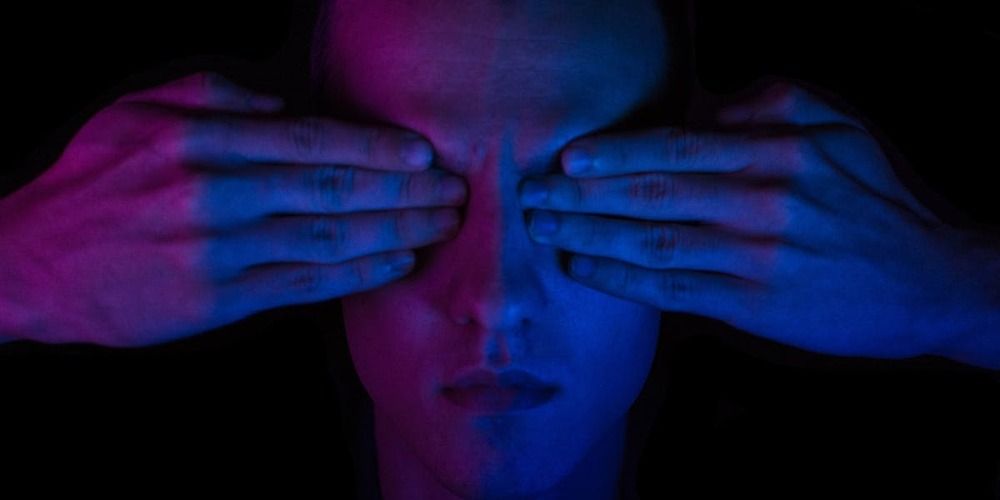The philosopher John Locke, who believed that true knowledge of the world could only stem from sensory experiences, thought that blind individuals could never understand the concepts of light and color. Locke, it turns out, was wrong. In a recent PNAS study, blind people demonstrate that they do understand what sighted people process through vision, proving that “visual” ideas don’t actually require sight.
In the study published Tuesday, scientists demonstrated how blind people make visual sense of what they cannot see. While previous studies suggested that the most efficient way for a blind person to know that, say, a flamingo is pink, is to memorize that fact, this study demonstrates that blind people instead look at the world like scientists and make sense of the visual world through a catalogue of clues.
“First-person experience isn’t the only way to develop a rich understanding of the world around us,” co-author and Johns Hopkins doctoral candidate Judy Kim explains. “People often have the intuition that we can’t know what we can’t see.”
